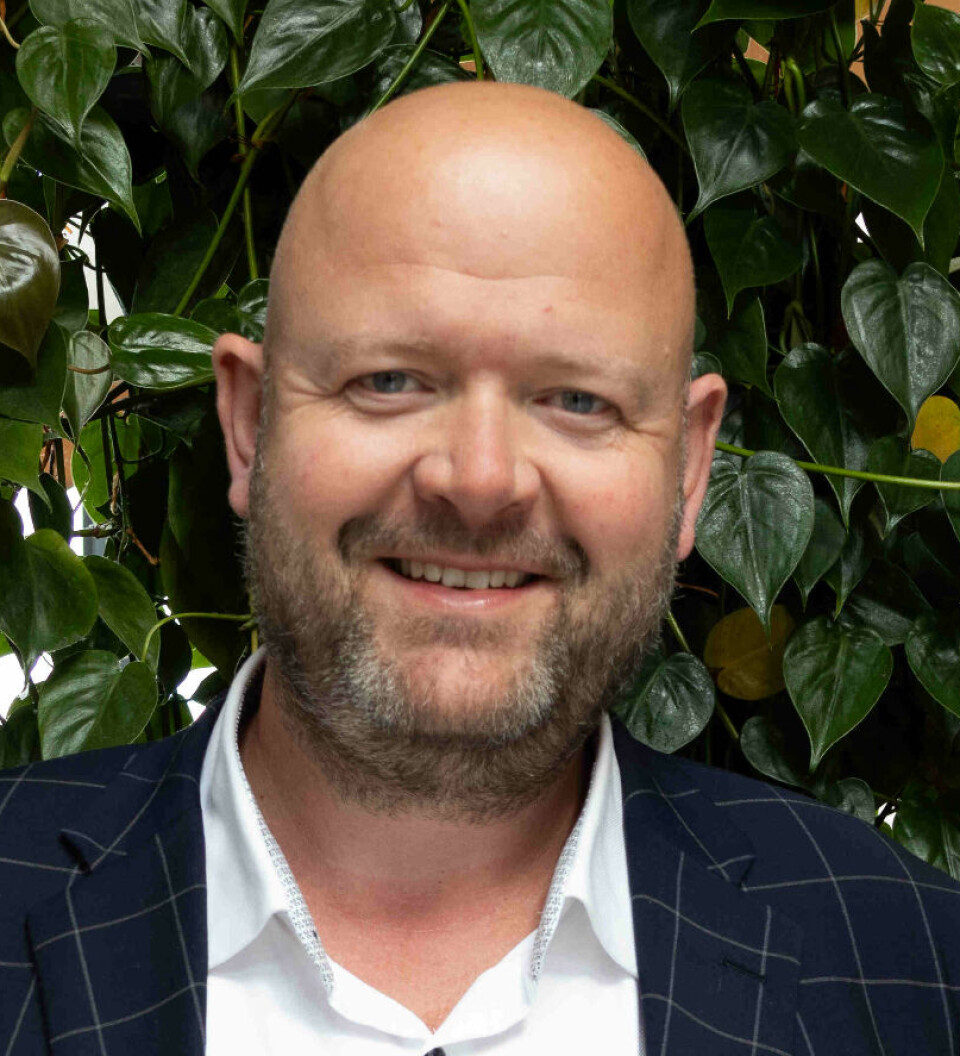THIS CONTENT IS BROUGHT TO YOU BY THE University of Agder - read more

No technology can replace the coffee break
Spontaneous and informal meetings make us more creative. Digital solutions for remote work cannot replace having a coffee with pleasant colleagues.
“Coffee chats serve several functions. They help build trust between colleagues, promote inclusion, foster relationships in the workplace, and lead to informal sharing of knowledge,” says Øystein Tønnessen.
He works at the University of Agder's School of Business and Law. His research includes topics such as home office, hybrid office solutions, and creativity.
Since the pandemic, many companies have experimented with virtual coffee chats. You may have met your colleagues over a screen on a Monday morning, with little else on the agenda than to say “good morning”. But it is a poor substitute for the real thing.
“Even technology optimists acknowledge that no technology can replace the natural social interaction between people,” Tønnesen says.

Creativity before innovation
Tønnessen’s research initially focused on creativity and interaction in coworking spaces, which are office communities where employees from different companies work together.
However, when Covid-19 shut down society, Tønnessen expanded the project to include home office and remote work in general.
Tønnessen believes that too little attention is paid to what is a fundamental condition for innovation, namely creativity.
“The ways we work have become more complex in the last three years. There are many new expectations about being able to work from places other than the office, but little research-based knowledge about how it works,” he says.
Expectations out of sync
“Employees and employers often have different expectations and preferences when it comes to where and how work should be done,” Tønnessen says.
Even colleagues in the same department, who were in the same life situation and had the same background, often had conflicting wishes and attitudes towards home office.
“It’s not as simple as introverts wanting to work from home and extroverts wanting to be at the office and meeting people. It’s much more complex,” he says.
Factors that can be crucial include, for example, commuting distance, or an employee’s family situation. It also depends on whether one is working on independent tasks that require deep concentration or whether the work requires conversations and collaboration.
Incorporating new employees into the social work environment is difficult digitally. Even though many newly graduated IT employees may want to work from home, it can ultimately create challenges both for them and for the organisation that hired them.
“You can easily miss essential information when you’re not together physically. Things happen when you meet. It’s not always easy to define, measure, or evaluate, but it's fundamentally important. Often, it lays the foundation for individuals to develop together with their colleagues,” says Tønnessen.
Found patterns among IT employees
As part of his doctoral degree, Tønnessen interviewed several IT employees in Denmark and Norway. They were accustomed to video meetings and digital collaboration even before the Covid-19 pandemic.
Some of the research focused on how employees preferred to work during various stages of creative projects. The IT employees made the following observations:
- In the initial stage of projects involving creative problem-solving, everyone benefits from physically sitting together. This is important for getting to know each other, building trust, and defining the problem more easily.
- During the idea development stage, one can work from home. The precondition is that everyone does, and that everyone uses the same tools. If that is not possible, the alternative is for everyone to be physically together in the office during this phase as well.
- In the final stage, where ideas need to be evaluated and feedback given, hybrid meetings can work. This means that some people work in the office while others work remotely from their homes or other locations.
“You can’t generalise from a study like this, but it shows some patterns that can offer valuable insights,” Tønnessen says.
Important, but difficult to measure
He says that some stages of creative processes can work just as well digitally as in person. The prerequisite is thorough planning and well-organised implementation.
Hybrid work, where employees alternate between remote work and traditional office work, has become a trend. Tønnessen believes it will be interesting to see how technologies such as artificial intelligence and augmented reality will change the workplace.
“Will the office become a social gathering place rather than a place for independent work requiring concentration? Digitalisation accelerated during the pandemic, but new technologies give us new ways of working with creative processes in the future,” says Tønnessen.
Reference:
Tønnessen, Ø. Creativity in Remote and Hybrid Work Environments, Doctoral dissertation at the University of Agder, 2023.
———
Read the Norwegian version of this article at forskning.no

This content is paid for and presented by the University of Agder
This content is created by the University of Agder's communication staff, who use this platform to communicate science and share results from research with the public. The University of Agder is one of more than 80 owners of ScienceNorway.no. Read more here.
More content from the University of Agder:
-
This researcher has helped more economics students pass their maths exams
-
There are many cases of fathers and sons both reaching elite level in football. Why is that?
-
How we used plants to protect ourselves from evil
-
What is it like for nurses to promote health behind bars?
-
This can make life easier for new maths teachers
-
Norwegian women were burned at the stake here




































